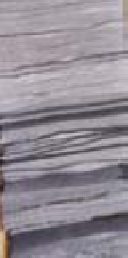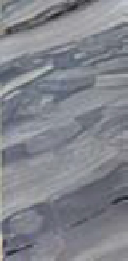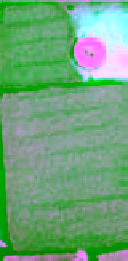Geoscience Reference
In-Depth Information
(A)
35/4-1
5
5
Mudstones
Siltstones
Sandstones
Coal-layer
Rooted horison
Mud drapes
Flaser bedding
Lenticular bedding
Syneresis crack
Shell material
Coal fragment
Mud clasts
Igneous clast
Calcite cement
Phosphate cement
Bioturbation intensity
Climbing current ripples
Current ripples
Wave ripples
Hummock and swales
Low-angle
High-angle
Trough
Undulating bedding
Horisontal bedding
Sharp boundary
Erosive boundary
10
Medium
sand
WD
m
Gr
CD
m
Silt
0
150
4080
4080
0
0
4090
4090
cm
cm
4100
4100
4110
0
4110
cm
4120
4120
4130
4130
4140
4140
4150
1
35/4-1
4244.50 m MD
2
34/7-22
2240.30 m MD
3
34/7-22
2267.00 m MD
4150
4160
4160
4170
4170
4180
4180
4190
4190
E
Cross-
bedding
4200
(D)
34/8-1
4200
Medium
sand
WD
m
Gr
CD
m
4210
Silt
4210
0
150
2770
2770
4220
4220
2780
2780
4230
4230
WD:Well depth in metres
CD: Core depth in metres
1
Core
photo
2790
2790
4240
4240
2800
2800
4250
4250
(C)
34/10-A-11
2810
2810
Medium
sand
WD
m
Gr
CD
m
Silt
0
150
2820
2820
1900
2830
2830
W
1900
(B)
34/7-22
1910
2840
2840
1910
Medium
sand
Gr
WD
m
CD
m
Silt
0
150
1920
2850
2850
2220
1920
2220
1930
2860
2860
2230
1930
2230
2
Core
phot
o
1940
2870
2870
2240
1940
2240
1950
2880
2880
2250
1950
2250
1960
2890
2890
2260
1960
3
Core
photo
2260
1970
2900
2900
2270
1970
2270
1980
2910
2910
2280
1980
2280
1990
2920
2920
2290
1990
2290
2000
2930
2930
2300
2000
2300
2010
2940
2940
2310
2010
2310
2020
2950
2950
2320
2020
2320
2030
2960
2960
2330
2030
2330
2040
2970
2970
2040
Fig. 12.
Log of the Brent Group in (A) well 35/4-1, note the 90 m thick aggrading unit Rannoch Formation. Palynological
data indicate a trend upwards from freshwater condition becoming progressively more brackish in the upper part; see
Fig. 11 for location; (B) well 34/7-22. Note the cross-bedded sandstone interval in the middle part of the Tarbert Formation;
(C) well 34/10-A-11; (D) well 34/8-1, the location of this well is important in Figs 11 and 13.















































































































































































































Search WWH ::

Custom Search